GPT Permax 13X
GPT Permax 13X - Real-Time AI Market Intelligence for Confident Crypto Trading Choices
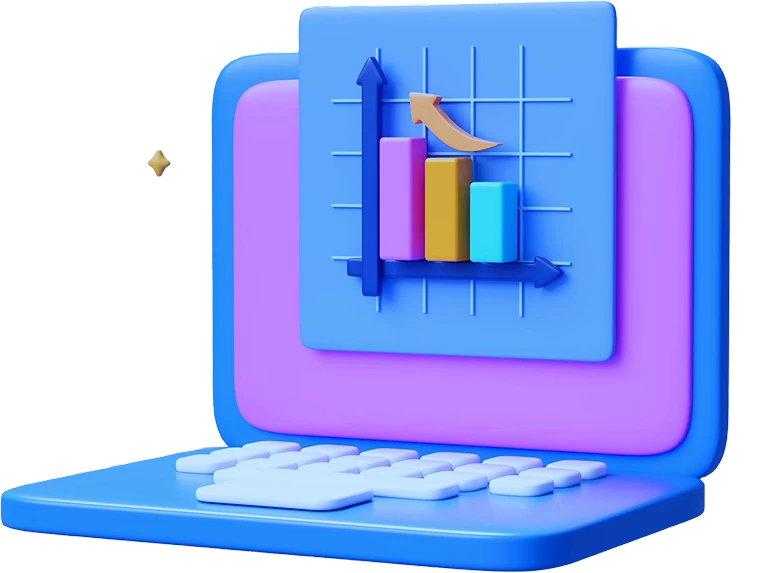

GPT Permax 13X employs advanced machine learning models to process large amounts of data in real-time, identifying crucial trends. Immediate identification of such market opportunities boosts traders’ confidence as well as assists them in taking specific measures.
Whereas GPT Permax 13X can also be used for those who have no clue about trading and want to swiss their losses into profits. It embraced the features of copy trading in a convenient manner, whereby the user follows the pattern traded by experienced traders. Advanced AI-driven monitoring and analytical capabilities make efficient use of such information. The active participation in markets becomes rational and informed with the help GPT Permax 13X.

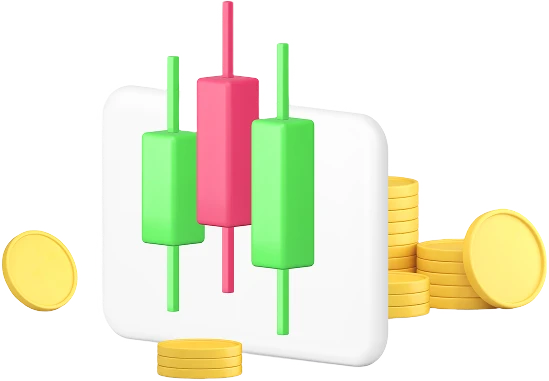

GPT Permax 13X incorporates innovative artificial intelligence, which makes it actionable for traders by understanding the trends of the share market in a very short time. Its machine-learning techniques, through reading of instantaneous consumption as well as past consumption patterns, help customers to see the key market signals more vividly.
Traders are exposed to a lot of advantages by the GPT Permax 13X developed from a strategy developed by traders with a lot of experience in crypto trading. It is not automatic execution; rather the platform allows a strategy selection and modification depending on one’s trade objective and style. With the addition of a strong AI-powered market analysis used by GPT Permax 13X, a trader is provided with uninterrupted market commentary and thoughts blending the expertise and precision approaches.
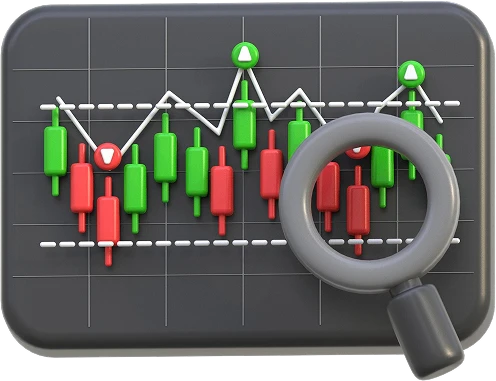
GPT 3000 Permax has a strong emphasis on managing information about its users in a safe manner at all costs. Because transactions are completed even with trade execution services, the application ensures the aggressive maintenance of the strictest privacy policies and no data is edited or shared. Users receive synthetic marketing forecasts based on artificial intelligence and other techniques within a virtual space that does not involve any transactional risk or participation in the markets.
GPT 3000 Permax does not attempt to introduce the real-time automation of the trading process; rather, it focuses on helping traders in their decision-making with detailed guidance. It consists of a strong AI that analyses present market behaviour and pinpoints the important trends, providing easy-to-understand degree information.
One of the GPT 3000 Permax extensive advantages is that it works 24/7 using advanced AI technology, assessing every moment of the market crises in cryptos. The intelligent algorithms automatically inform when exceptional situations arise or market trends change. Furthermore, GPT 3000 Permax provides actionable insights, which in turn help the user to make trading decisions.
GPT Permax 30 provides objective market intelligence by analyzing cryptocurrency movements to pinpoint meaningful trends and reduce trading uncertainties. This is advanced AI focused purely on data analysis, quickly identifying valuable market signals as conditions change. Transparency into market trends economizes traders’ time by supplementing their decision-making clarity with objective information, awaiting direct trading execution or emotional considerations.
The heart of GPT Permax 30 is an artificial intelligence ecosystem that has been optimized in such a manner as to be able to handle a changing cryptocurrency world. The platform is effective as it allows fast analysis and presentation of voluminous market data thus minimizing the level of confusion caused. By this data-driven strategy of the GPT Permax 30, trading efficiencies in the face of complex market fluctuations are improved by providing traders with the right solicited insights for appropriate actions to be taken.
GPT Permax 30 uses machine learning, which algorithms continually train upon historical and real-time data pertaining to cryptocurrencies. This analysis identifies relevant market patterns that traders can act upon while these patterns are still emerging. It, therefore, enables traders to move strategies with the trend. With the proactive enhancement of traders' performance in reacting to market situations, this offers tremendous responsibility for trades during transient market situations.
In delivering non-stop surveillance, the AI system of GPT Permax 30 provides on-the-dot scrutiny of the crypto market. It swiftly recognizes significant changes in the market temperament and updates the trader in real-time. This incessant evaluation of the market enables the surfers to venture and take risks within the market on an ongoing basis in the best possible manner, so that the changes in the market take place rapidly.
To guarantee ease of use, GPT Permax 30 is specifically designed to create an easily navigable tunnel for the user. It permits the user to interpret difficult data quickly and easily, thanks to the simple navigation and real-time access to artificial intelligence-based insights.
Traders on GPT 3000 Permax will take advantage of advanced algorithms without relying solely on manual market observation. Designed to encapsulate expert strategy development, the AI framework of the platform allows full discretionary trading control with the user. This ensures flexibility and responsiveness to a fast-evolving crypto environment.
GPT 3000 Permax places heavy premium on the user's security and consequently applies many layers of solid protection protocols to guarantee the confidentiality and integrity of all provided information. Its user-centered design allows GPT 3000 Permax to be well understood and easy to operate for both novice and veteran crypto participants. The cryptocurrency market is characterized by extreme volatility, and losses could be incurred.
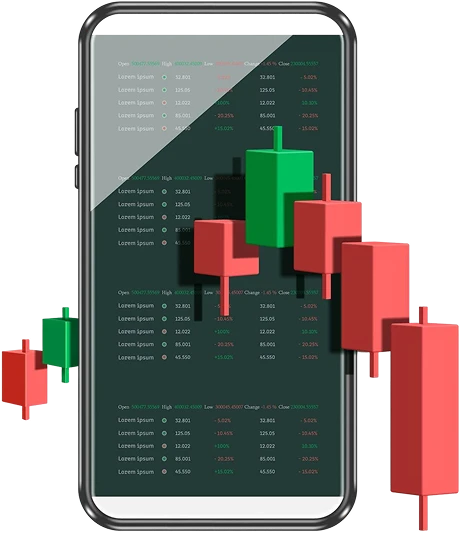
Using artificial intelligence systems, GPT Permax 13X showcases fundamental values and emerging patterns as they occur. Furthermore, the system enables the evaluation of different methods, and the assessment of whether any method is suitable to their trading outlook or, on the other hand, unsuitable, due to the market conditions for that moment.
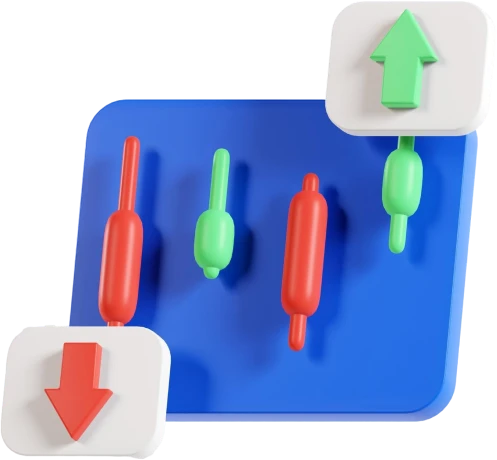
Different trading modes cater for different types of goals. Some, for instance, require the prices to move very quickly, while others may take days or even weeks before observing a general trend. GPT Permax 13X now looks at both time frames with AI, providing insights that help traders choose strategies based on their time and market views.
Liquidity is central to the exchange of assets, affecting the timing of trades and sometimes the price of the assets, which remains constant throughout. GPT Permax 13X analyses the dynamics of liquidity and aims to red-flag the traders when price shifts occur and especially between clearer rest and motion states. This results in less hasty decision-making in all trade cases.
The GPT Permax 13X market outlook indeed takes into account the risks as much as potential gains. It is not about prognosticating prithvi karmical cycles, but rather understanding the day-to-day volatility and its significance in the long run. Investing in cryptocurrency involves considerable risk as markets tend to deviate significantly.
GPT Permax 13X collects a mass market on artificial intelligence processing, concentrating on shifts on trading behaviour. It uses data in real time instead of hypothesizing, thus prompting a user to react in a more structured way than impulsively. It analyses patterns and conditions revealing themselves and promotes thinking flexibility and thoughtful decision making.
By analysing historical trends and identifying significant movements in asset behaviour, it highlights moments when assets may be overbought, oversold, or due for a correction. These indicators, enhanced by AI, assist users in spotting opportunities without being overwhelmed by market noise.
GPT Permax 13X simplifies complex data into usable insights, allowing traders to stay alert to key shifts and align their strategies accordingly. Cryptocurrency markets are highly volatile and losses may occur.
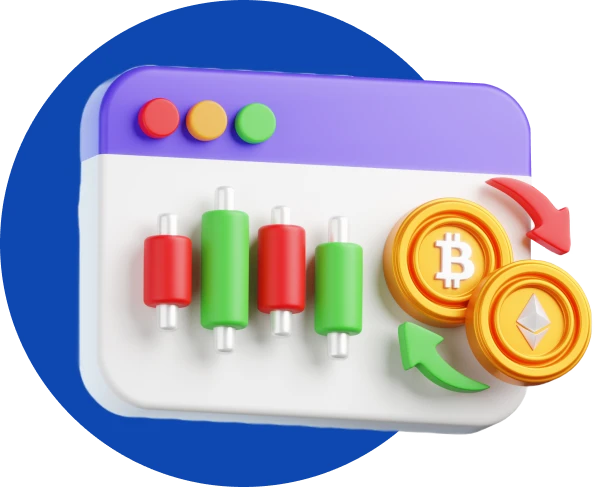
Using scaling and shrinking data, it could efficiently differentiate between optimistic and pessimistic outlook. Generally, it is associated with rising upswings, while a downturn trend usually results from a declining sentiment. This is an important factor in trader preparation as it provides context that helps to perfect the timing of event awareness or anticipated changes.
By combining these with all the rest of the technical information available, GPT Permax 13X would provide a far more complete picture of how the market is evolving. It also allows individuals to quickly catch the major movements and let their decisions be altered as per what the latest AI-powered insights suggest. Cryptocurrency markets are extremely volatile, and losses can occur in this manner.

The platform uses mass data scanning to separate optimism from pessimism. Confidence mainly accompanies upward changes, while red sentiment suggests that a bear trend is imminent. Techniques allowing traders to effectively time their entries or plan for any opportunities or risks are Ltd able.
In a process of combining these data with all available data on market development, GPT Permax 13X adds another dimension to the information provided about the market dynamics. Surely, the users are able to retrace main trends at an initial stage, and make decisions with the help of the latest machine learning.
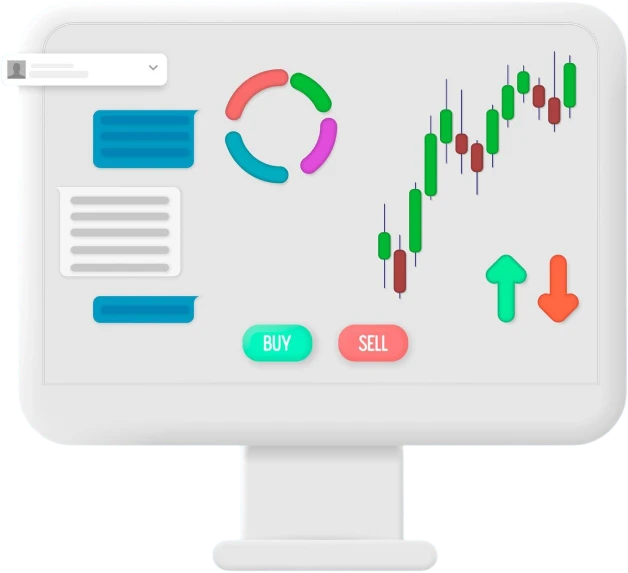
From early identification of signs of volatility and trend potential thereof to measuring trend strength, GPT Permax 13X offers everything -just right for traders to understand and take action on market moves. It also intelligently structures complex data into insight so that it can quickly deliver updates and improve the clarity of the trading process.

Intelligent diversification is what forms the basis of an effective portfolio balance. GPT Permax 13X leverages long-term performance data on different types of assets and applies aided AI models to help one make smarter asset allocation decisions. This reduces risk exposure to any market and encourages consistency in outcomes. Be it abrupt swings or slow transitions, GPT Permax 13X helps in determining how assets are mixed with the layering market condition, ensuring performance and confidence over time.
Significant openings for trades can be spotted from short-term activities in the market. With GPT Permax 13X, the technology uses emerging data to detect signatures of sharp recession and recovery reversals and helps traders to remain vigilant and take constructive actions at the proper bid time windows. Its AI-assisted intuitions aid in passive judgment about the optimum moment.
It is possible for price increases to take place even before anyone can take note of such a trend. This can be interpreted as the reason why there is a positive management of the GPT Permax 13X in dynamic signals and deviation detection during the early stages of rising trends, correcting the long-term entry signals.
Market volatility is not a random occurrence for the GPT Permax 13X since they are following the volatility in great detail. They can perform the segmentation by looking at the drivers of volatility and cycles of rapid movement.
The innovation in GPT Permax 13X gives market control back to users, supplementing their individual strategies with high-quality, data-fuelled evaluations. Using precise market assessments supplied by brilliant AI technology, traders can effectively react to changing conditions. This makes decision making informed, but does not compromise user independence. The market for cryptocurrency is extremely volatile and losses can be made.

GPT Permax 13X clinches cutting-edge artificial intelligence, fast analysis of huge cryptocurrency market data by identifying relevant trends and actionable market insights. Real-time analysis, as offered by the platform's adaptive algorithms, enables traders to comprehend market fluctuations quickly and prepare to respond to changing conditions more quickly and intelligently.
Definitely. GPT Permax 13X fits any category of traders. For instance, beginners find clear AI-generated market signals and straightforward interpretations. At the same time, expert traders delve into a more sophisticated set of analytical features that further enhance their market insights, boosted by an easy-to-use, AI-focused design that takes them through the market without executing trades.
Unlike the rest of the platforms which execute trades automatically, GPT Permax 13X offers analysis purely. Integrating advanced artificial intelligence with comprehensive real-time tracking of cryptocurrency market activity and technical indicators, this analytical engine empowers the user to gauge its market trajectory and make shrewd decisions. Losses may happen in highly volatile cryptocurrency markets.
| 🤖 Sign-Up Cost | Registration free of charge |
| 💰 Fee Structure | Completely fee-free |
| 📋 Method of Registration | Simple and expedient signup process |
| 📊 Educational Content | Focuses on Digital Currency, Stock Market, and other Financial Instruments |
| 🌎 Market Coverage | Covers most countries but does not include the USA |